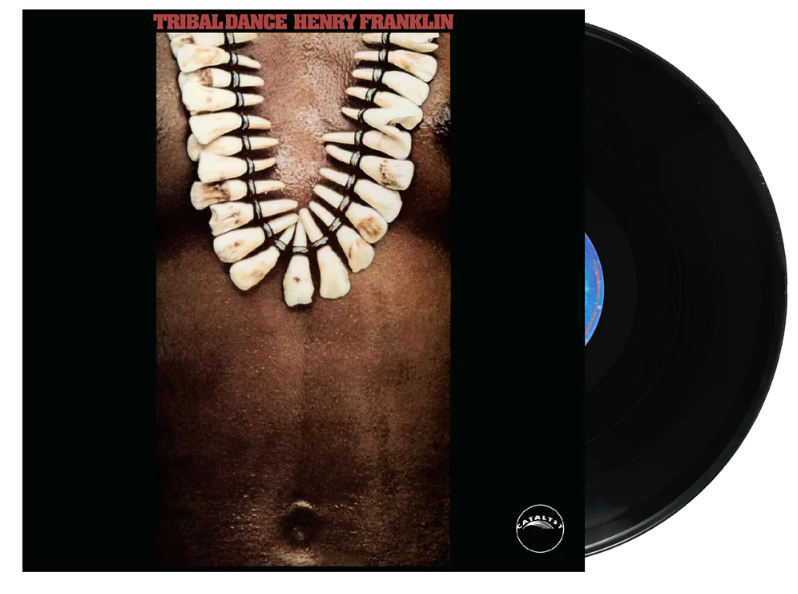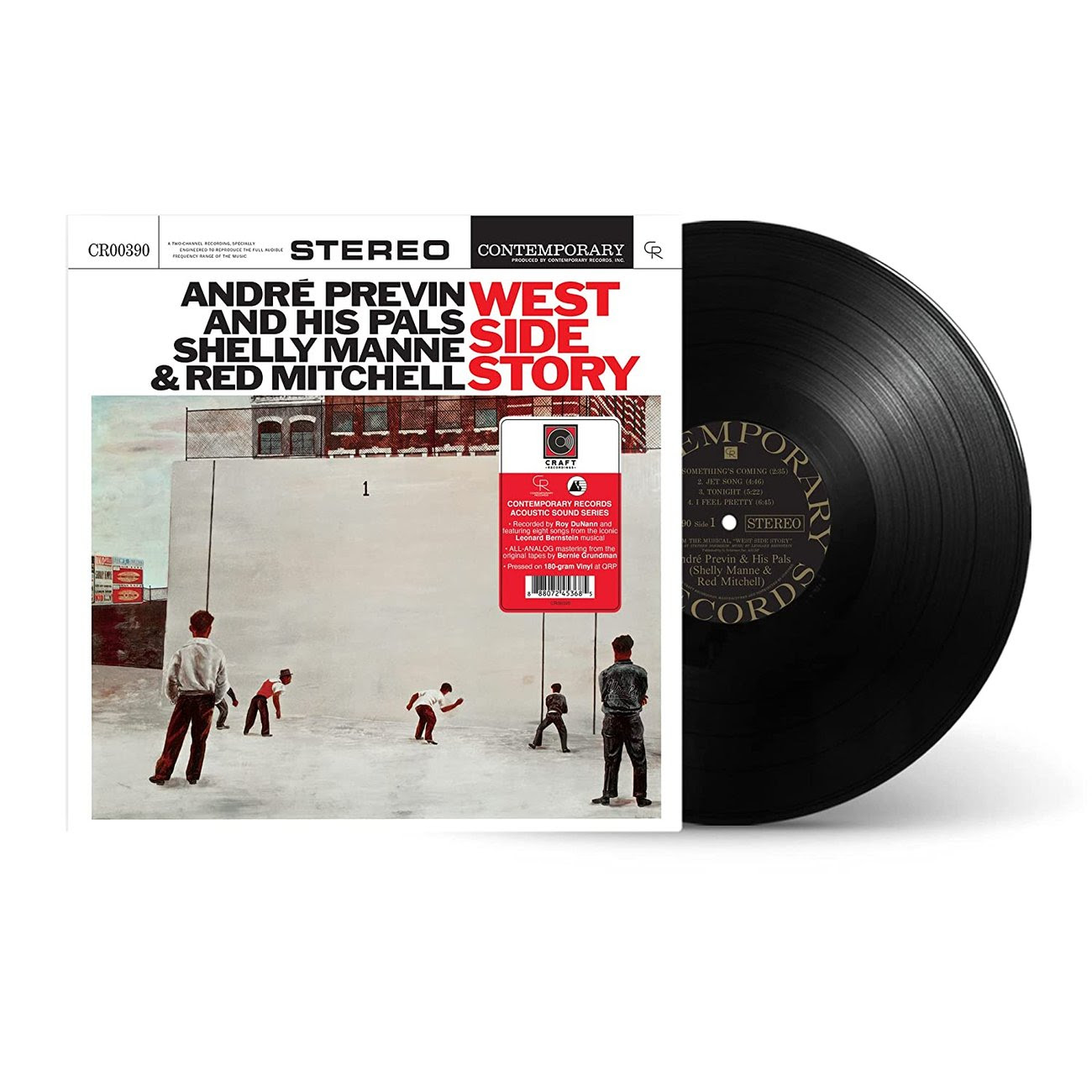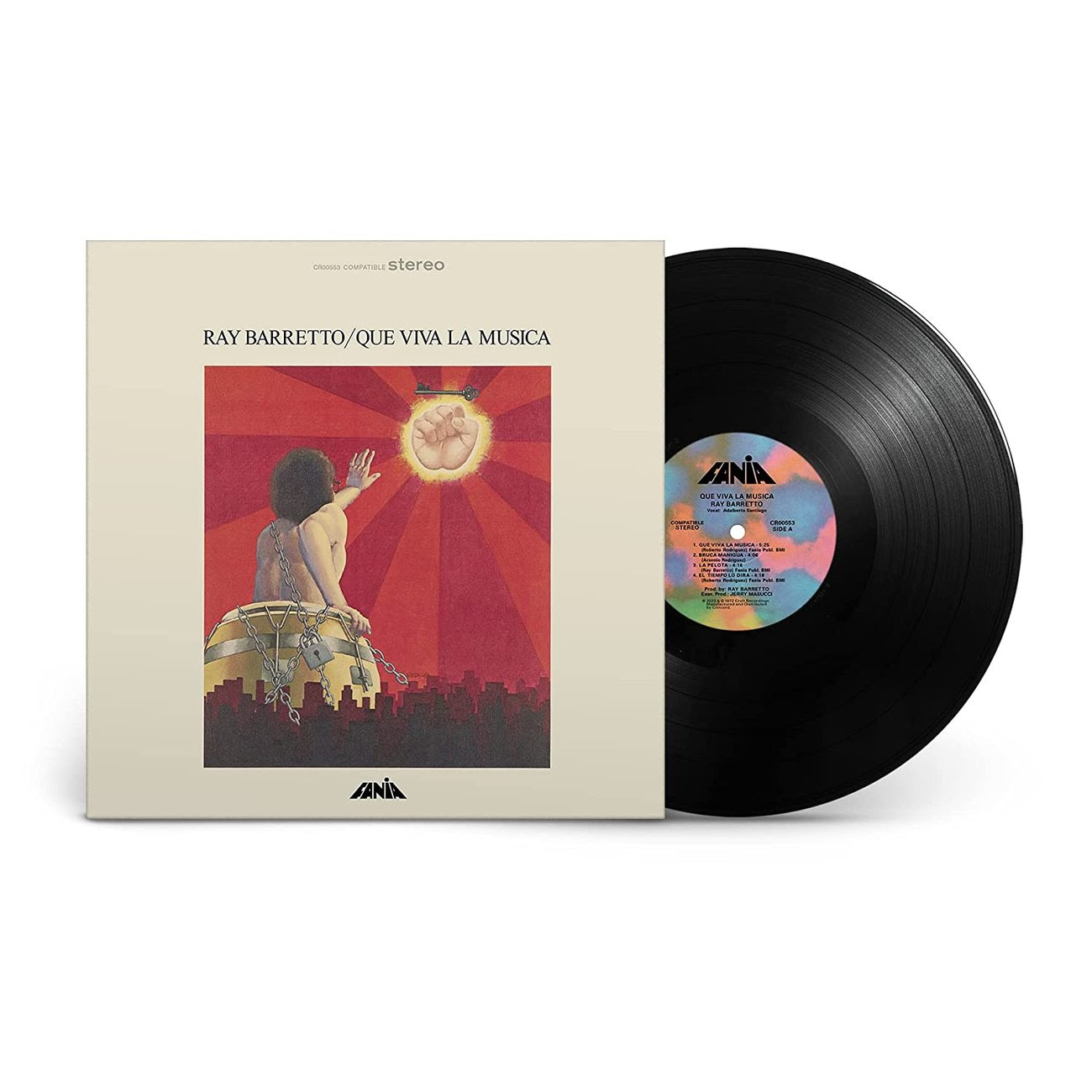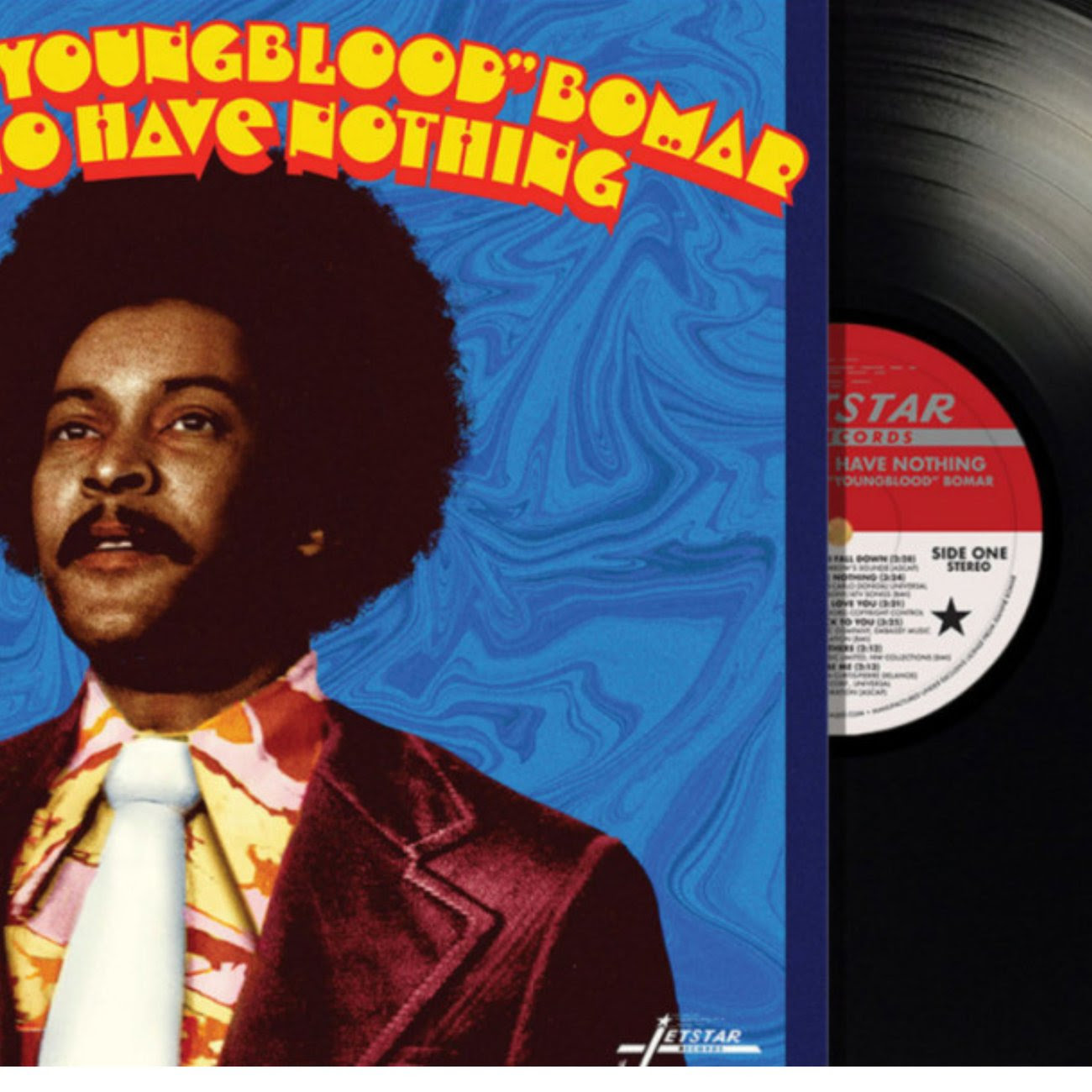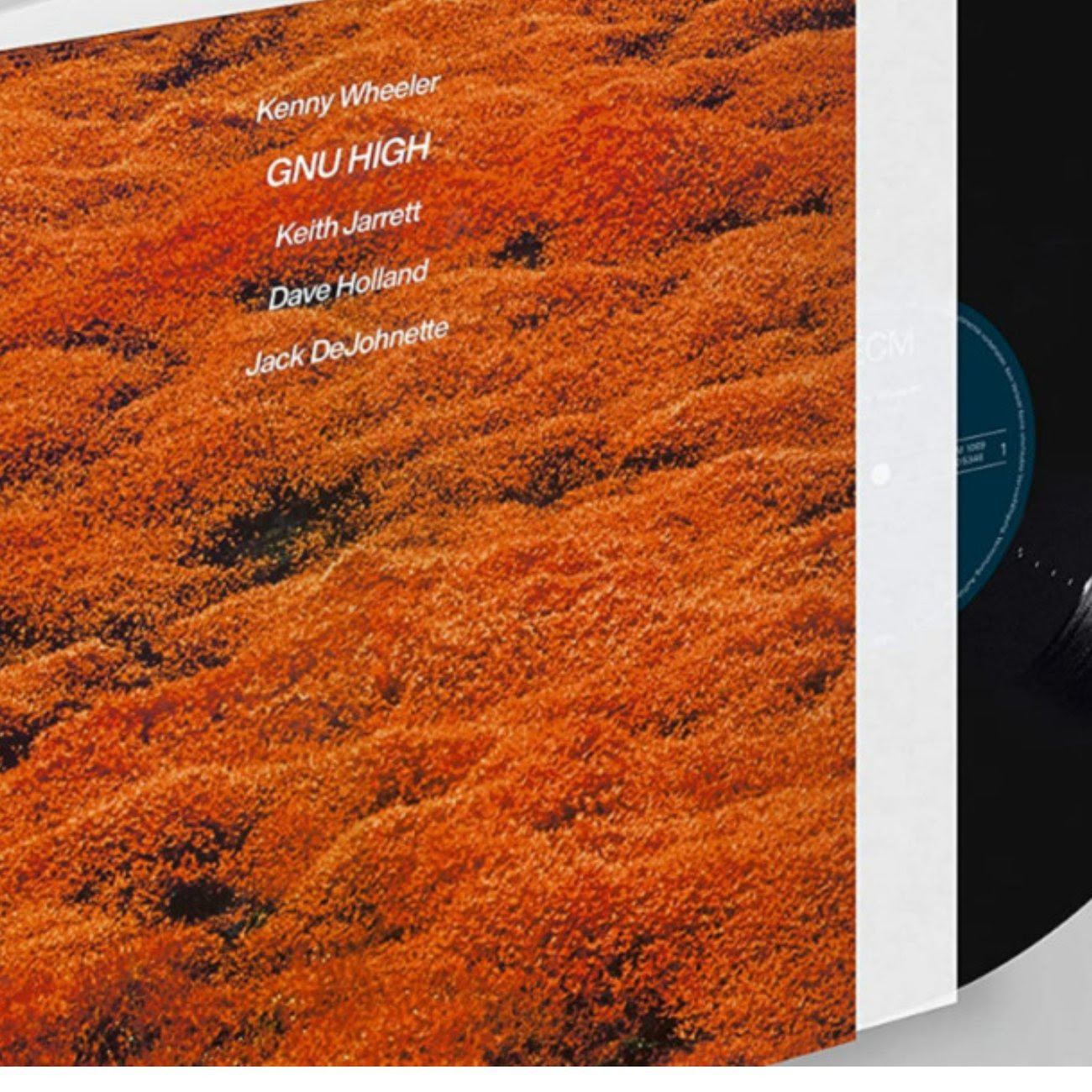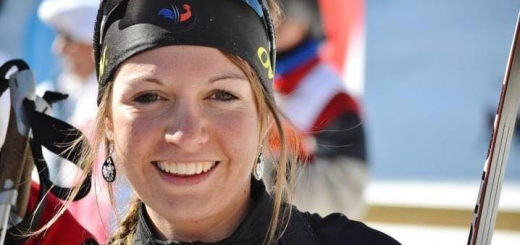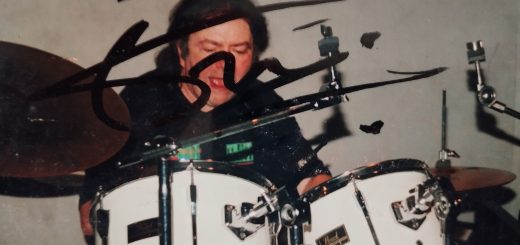|
|
|
|
|
|
|
|
|
|
|
|
|
|
For more than 50 years, Dave Liebman and Richie Beirach have nurtured a musical partnership steeped in shared sensibilities and neighborhood roots. The longtime friends reflect on a connection that’s stronger than ever. – Bill Milkowski
A couple of Brooklyn-born kindred spirits and frequent collaborators have documented their 55-year history together in a compelling new book, Ruminations & Reflections: The Musical Journey of Dave Liebman & Richie Beirach (Cymbal Press). In a series of Q&A conversations, prompted by their longtime producer and patron Kurt Renker, the lifelong pals plumb the depths of their musical interactions over time while offering insights about growing up a few blocks apart in Brooklyn, though only meeting for the first time at a jam session in Queens College in 1967 when Beirach was 20 and Liebman was 21. “We never crossed paths,” explains Beirach. “Different schoolyards, different candy stores.”
They also offer intimate details about Manhattan’s experimental loft scene of the late ’60s and early ’70s, which culminated in the formation of the musicians cooperative Free Life Communication. Elsewhere in the book, the pair reflect on late-night hangs at clubs like Bradley’s and Seventh Avenue South, the founding of their band Quest in 1981 (originally with bassist George Mraz and drummer Al Foster, subsequently with Ron McClure on bass and Billy Hart on drums), and their early ’70s collaborations with the progressive fusion septet Lookout Farm (featuring guitarist John Abercrombie and tabla player Badal Roy). And they present their views on classical music, jazz education and history, the music business and their respective legacies while citing their individual influences, with John Coltrane remaining a towering influence on both to this day.
In a rather revealing chapter, “Letters to our Masters,” they individually express their gratitude to their mentors — Liebman to Pete LaRoca, Elvin Jones and Miles Davis; Beirach to Stan Getz, Chet Baker and Bill Evans. Liebman and Beirach also list their favorite recordings out of the 50 they did together, ranging from 1970’s Night Scapes (a free jazz encounter with a beat poet) to 2021’s five-CD duo project, Empathy. A nostalgic car tour of their seminal Brooklyn stomping grounds and ’70s Manhattan haunts, with Renker and a photographer onboard, is animated with rare bits of humor and nostalgia about playing stickball and punchball in the streets, riding bikes on Ocean Parkway and spending summers in Coney Island. They also share fond reminiscences of first kisses, bar mitzvahs, bakeries, bullies, Carvel custard cakes, homemade knishes at Mrs. Stahl’s, fried chicken at the Pink Teacup, late-night post-gig food hangs at Wo Hop and Ratner’s, and egg creams at Gem Spa in the East Village.
Both musicians, now in their mid-70s, remain remarkably productive — Beirach from his home base in Hessheim, Germany (after recently retiring from his professorship at Leipzig Conservatory), and Liebman from his Upper East Side high-rise (after several years of living in the bucolic surroundings of Stroudsburg, Pennsylvania). Beirach’s new solo piano album, Leaving (Jazzline), was recorded before an intimate audience in the wine tasting room at Château Fleur Cardinale in Saint-Etienne-de-Lisse, in the Saint-Emilion region near Bordeaux, France. Liebman has seen a spate of new recordings since 2022, including Trust and Honesty, a studio outing with guitarist Ben Monder and bassist John Hébert for Newvelle Records; the live New Now, a trio project with percussionist Adam Rudolph and drummer Tyshawn Sorey recorded at NYC’s Jazz Gallery for Meta Records/yeros7; and the February release of Dave Liebman: Live at Smalls, a 75-minute set of free improv from the NEA Jazz Master alongside trumpeter Peter Evans and a rhythm section comprising pianist Leo Genovese, bassist Hébert and drummer Sorey for the Cellar Music Group label.
JAZZIZ asked each of these veterans to reflect on their enduring partnership in separate interviews conducted in late December, 2022.
|
|
|
|
|
Dave Liebman
You and Richie grew up in the same neighborhood in Brooklyn, but you never met?
Well, you know Brooklyn, the density is pretty heavy. So you wouldn’t expect to know somebody one block away, two blocks away. But because we come from the same place, we have a lot of the same tastes and cultural things that are built into any relationship. But as far as how we first got together, it started at a jam session at Queens College in 1967. After we played, I took him outside and showed him a yellow jazz fake book that I had [a collection of lead sheets with the chord symbols, the basic melody and notated harmony]. And I said, “You gotta learn some of these tunes.” I might have checked off a bunch for him to learn, so that was the beginning of our musical relationship. And then somehow he and I both independently moved to Manhattan and began playing together in my loft on 19th Street. And right away we noticed that there were common tastes and common judgments on what was happening around us musically. You know, I’d say ‘red,’ he’d say ‘redder.’ You know what I mean?
Would you call it a musical telepathy?
Well, that’s going on every time we all play. Yes, of course.
And that quality must’ve manifested on your European tour with Quest in October 2022.
Yes, which was a reunion of sorts. Our heavy time with Quest was in the ’80s, really. That’s when we did most of our work together. It was great to see the guys playing in that combination and to feel the audiences’ vibe, because they understood what was happening. We did one night on the tour that we recorded for an upcoming release that was completely free.
I saw Quest at Visiones in Greenwich Village a number of times during the ’80s.
We had a pretty active relationship back then. And we had a way of playing that was descended from the Miles Davis and John Coltrane groups. We had that as a kind of basis. We all loved that music above all.
You and Richie were dissecting those now-classic recordings as they were coming out for the first time — McCoy Tyner’s The Real McCoy, John Coltrane’s Impressions, all of the great Wayne Shorter albums on Blue Note during the 1960s. This was new stuff, and you guys had to figure out how it all got put together.
That’s exactly right. Because there was no jazz education then, no jazz schools. So if you wanted to learn, you had to sink or swim in the street, so to say. And you hopefully made relationships with some of the heavy guys on the scene because they were still around then. But [Quest] really descended from that whole ’60s influence, filtered through a particular way of doing things.
You got your loft on 19th Street and began playing duos with Richie right away, just figuring out the music and establishing your musical relationship.
The ’60s was a time of experimenting, and it was a very busy political-social time in the United States, as well. We were not immune to that, we were interested in it. It’s just that we chose jazz as our means of communication. We could’ve been a rock and roll band; there were actually more similarities than differences to what we were doing at the time. It was in that direction. But we were trying to figure it out by being up all night and just playing, playing, playing in my loft.
So you and Richie solidified your relationship, and it developed through an inner circle of like-minded individuals that morphed into Free Life Communication.
That was a co-op of sorts. I was the president, Richie was vice president. Frank Tusa, bass player, was treasurer. It was Bob Moses, actually, who suggested organizing. I remember him saying, “There’s some guys in Chicago doing it [AACM] and there’s guys in St. Louis doing it [Black Artists Group].” So I called a meeting and 20 guys showed up in my loft, and we made a name. Bob Berg came up with Free Life Communication because it was free music and life was around us and we were about communication. That first night, Anthony Braxton came up to talk to us. He was very inspiring and very supportive. And then Leroy Jenkins spoke and he was the complete opposite. So we learned that there are many ways to cut the bread, you know? But I felt that we had to make our own grass roots thing happen at the time. We weren’t good enough to play at the Village Vanguard; we were in our early 20s and still learning. But we still had something to say and we wanted to share it with people. So organizing concerts through Free Life Communication was a way of doing that.
And it was that scene that led to your and Richie’s first recording together, Night Scapes.
That’s our first recording. It was me and Richie, Frank Tusa on bass, Armen Halburian on percussion and Nancy Janoson on flute, with a kind of beat poet named Carvel Six. We recorded that in 1970 and Sony Music actually put it out a little later.
Your boxed set, Empathy, documents your chemistry with Richie in duo, trio and quartet settings, recorded between 2016 and 2020. It’s miraculous that you’ve maintained this relationship over all this time and that it’s still so potent.
Actually, more potent than ever before. Because we’ve learned how to play free better than we did in the ’60s. We were trying in the ’60s, the model being Coltrane’s Ascension. We gathered all these Trane acolytes together at my loft — six saxophone players and rhythm section — and we just blew for hours on end. It was a time of trying things and experimenting. And one thing that Richie and I eventually wanted to try was the duo, just for the convenience of not having to have drums and bass. It was nothing personal, it was more about, “We’ll make due with just the two of us.” I had a piano and he had a piano, and we spent time looking at chords and discussing harmony and so forth. It was not as organized as it appears now. It was pretty ad hoc. But it was cementing our relationship in different ways.
Ruminations & Reflections was a fun read. That car tour you did of Brooklyn with Kurt Renker … talk about strolling down memory lane!
It was a rainy day in Brooklyn. We stopped at Richie’s old house where he grew up and we stopped at my house. It was shocking when I realized how small the house was that I grew up in. You could hardly sit down on the toilet, it was so small. There was no room for anything. I put in my 18 years there. The first few years we lived on 14th Street and Avenue J, and then we moved to a different part of Brooklyn, but still in the neighborhood.
Hearing Trane at Birdland in early 1962, when you were 15, must’ve been an epiphany.
Yeah, that’s the word I used to describe it. Because it wasn’t like I knew anything else that was going on at the time. I didn’t even know who Coltrane was, but it was a transforming moment, although I didn’t know it at the time. The honesty and the power, it made me speechless that night, for sure. And for the next 60 years I’m coming to the same conclusion, which is how strongly that affected me. Of course, I saw Trane many times after that. He played New York two or three times a year and I’d go there as much as I could. I remember getting the subway back to Brooklyn at three in the morning after seeing him playing three sets at the Vanguard.
Needless to say, the ’60s scene was very fertile for experimentation. You had free jazz, you had leftover bebop, you even had Dixieland. The fusion thing didn’t come in until 1970, but these other idioms were available. And if you were 25 years old, you were interested in Trane automatically because it was new and different, which of course strikes any young person more than anything else when they’re in the presence of truly great stuff. Then, of course, my experience being with Elvin Jones and Miles Davis as my mentors … that kind of cemented a lot of the things that I had gleaned from Coltrane’s group.
You and Richie have extensive experience in different situations apart from each other. But you always reconnect and bring some of those experiences to the table.
Well, Richie is a master of something that’s rare. And that is, he’s the head of the rhythm section, and he takes that responsibility very manically. Even looking at the way he plays, watching him and trying to do things behind him … I don’t have to think. Most nights on our recent Quest tour, I just felt it, I could hear it. And it was the amount of experience we had since the ’60s and our love of that music that makes this connection possible.
You’re incredibly productive right now.
Well, I’m looking at a stage in my life, like late Trane … late Lieb. And what I’ve done over the 60 years is play in every kind of style, except Dixieland. And I feel that at this time in my life — I’m in my mid 70s — that it’s time to review and organize everything as best I can. I’ve played on over 500 recordings. There’s a couple hundred that I’ve co-led and I’ve guested on a lot of records. Because I have to play with other people. The projects range from world music to completely free to multiple horns playing together like Ascension. And I just feel that it’s my time to do that because I can. I have been doing it for 60 years, and playing outside stuff with Richie is one of the idioms that I continue to play in.
I’m guessing that a sense of humor is something else you and Richie share.
Oh, yeah. Richie’s funny, he’s hilarious. He’s extremely bright. He’s one of the brightest guys I’ve ever known and he’s got a lot of wisdom. So it’s good that he’s back in the fold now. He’s needed because he’s a great improviser and explainer also. He’s a pleasure to be with and to play with. The way he was when we first met in the ’60s and ’70s is the way he is now — very generous and bright and funny and energetic. What more do you want from a guy?
|
|
|
|
|
Richie Beirach
The musical connection that you have with Dave goes well beyond the notes on a page.
Absolutely. And he looks exactly the same now as he did when I met him in 1967 at a jam session in Queens, except he had black horn-rimmed glasses and a Chevy Impala back then. Lieb was way ahead of me when we first met, in terms of musical development. I was 20, he was 21, but he had already been hanging out and playing with Bob Moses and Larry Coryell. And, man, he could play! I could sort of play but I knew very few tunes. So we hooked up with a fake book and I learned some tunes and it felt good to play together.
We spent so much time playing in his loft on 19th Street — the same building where Chick Corea was on the first floor, Dave Holland had the second floor and Lieb had the third floor. And we started becoming good friends and hanging out together. We were two Jewish guys who were both born in Brooklyn just a few blocks from each other, young white cats who loved jazz, who could play a little bit and loved Miles’ quintets, Bill Evans’ trios and, of course, John Coltrane’s quartet. We’d go together to Birdland, sit in the peanut gallery and watch this shit live. And these were the main cats, like Mount Rushmore cats. They were all young and strong then and it was unbelievably inspiring. We’d see Trane and Miles and afterward we couldn’t talk. It was so moving and just the heaviest shit in the world that I ever heard. So we were very close and day-to-day back then. We played together constantly and we helped each other learn the music. And we formed a bond that has lasted for 55 years.
By the time you formed Quest, you both were older and more seasoned players.
We formed Quest in 1980, so we were in our early 30s and could really play. We weren’t just kids or students anymore. And things were so open in the ’80s. Japan had all the money, Japan loved American jazz. So we went over there four times a year. In New York there were 20 active clubs featuring music every Tuesday through Sunday. And our friends, Mike and Randy Brecker, had a club called Seventh Avenue South where we could play. And then there was Bradley’s after hours, the Village Vanguard, Sweet Basil, Lush Life, Birdland and other clubs. So we had gigs in New York whenever we wanted to play, then we’d go on the road all over the United States, Japan, all the summer festivals in Europe. There were just wonderful opportunities and record dates for us in the ’80s. Record companies were making money back then because people were still buying records. So there was a thriving business and the record companies were connected to the booking agents. We had the blessing of working with the Abercrombie Quintet with Jack Whitamore, who also booked Miles Davis and Cannonball Adderley. So it was a great time.
How would you characterize Dave Liebman?
The thing about Liebs … he’s very unusual because he’s not a normal jazz saxophone personality. He’s actually very intellectual, very generous, kind, caring, extremely conscious of world events. He was an American history major in school at NYU. He never went to music school. And so he had a very broad view of the world. A natural leader. A lot of authority. And of course, he played with Elvin and Miles. There’s nothing better for a sax player. That was at the top of the ladder, as far as I was concerned. Sure, I worked with Stan Getz and Chet Baker and a little bit with Freddie Hubbard, a couple of nights with Joe Henderson, Lee Konitz, those guys. But Lieb was in some Mount Everest shit with those gigs.
What do you admire about Dave’s musicality?
He’s just a remarkable cat and amazingly creative, still. He always had supreme knowledge of melody and what to do with it in terms of articulation and expression. I mean, what he can do with two notes, it’s unbelievable. So coming up, he would help me with melody and I had the harmony. I was the one who went to music school. I went to Manhattan School of Music from 1968 to 1972 for theory and composition. There were no jazz classes then. Jazz was a four letter word, you didn’t even talk about it. And I had a great education as a kid in classical music from my piano teacher, James Palmieri, from when I was 6 until I was 18. So I learned harmony and theory, and I told Lieb everything I learned and he absorbed it. We were also part of a musical community through close friends like Randy and Michael Brecker, John Abercrombie, George Mraz, Dave Holland, Bob Berg, Steve Grossman. And it was great, because without a community you’re very isolated and actually don’t progress that much. School was great, but I ended up learning more from my friends than anything I learned in music school.
How would you describe your musical connection with Dave?
Something happens with me and Lieb … something magical happens that I can’t explain, that I’m glad I can’t explain, because it’s good to have some mystery and not have everything known. I love his sound, especially on soprano. And when he plays a note, I get a feeling. I don’t have perfect pitch but it’s like I have radar with him. And my ear is very fast. In a nanosecond I know what note he’s playing and I, as a piano player, have a choice of what chord to put under it. If we’re playing “Softly As in a Morning Sunrise,” it’s like 16 bars of C minor. But Lieb’s not going to play the notes in a C minor chord, necessarily. He’ll play a B natural or a D flat or an E natural because he’s hearing it that way. And those extremely chromatic notes are the good notes because of the way Trane and Miles explored them. Before them, they were considered wrong notes.
There’s always been chromaticism, from Bach on, but the difference is that every chromatic note that Bach wrote resolved into a chord tone up or down. Very satisfying, very beautiful. But Trane and Schoenberg and Berg, Miles, McCoy, Herbie … they created a language that had the ability for a long duration melodic chromatic note not to resolve that way. And this opens up the entire thing. That’s what the ’60s brought. Now, it comes from Schoenberg and Berg 100 years before, but I’m saying that we are the children of Miles, Trane and Bill Evans, which was, to me, the heavy shit. We absorbed that information and we know it, we lived it, and we have it in our blood because we saw it.
And it’s not enough to know it and to copy it. Jazz is the music of personal expression, so part of the requirement is to come up with your own way of playing. I’m talking about a stylistic manner of playing within the language, like a Wynton Kelly, Hank Mobley or Dexter Gordon. Those cats were not innovators but they were great stylists. Cedar Walton’s got a great style but he’s not an innovator. Freddie Hubbard was an innovator, Ornette Coleman was an innovator, Herbie Hancock is an innovator. Bill Evans created a whole way of playing. Those cats are one of a kind. And the bigger the innovator, the bigger the influence on all the instruments. Like, Bird influenced piano players and drummers besides just sax players. Dave and I … we’re not that. We know we’re not that. We’re stylists. We have a recognizable style.
But with Lieb, when you have a partner like that, besides the emotional support, the musical support was great. Because I would write something just for him. It really helps to write for somebody. Duke and Strayhorn wrote for each other. And the way Wayne would write, he knew what Herbie would play, or McCoy. It’s amazing to have that. Trane wrote some great short-form stuff like “Giant Steps” and “Naima,” and he tried Cedar Walton and Tommy Flanagan and Steve Kuhn on them. And those cats are wonderful musicians. But Trane was looking for something else. And when he found McCoy, that was it. You can hear it. So me and Lieb, it’s a great fit like that. It’s a very full, multi-dimensional relationship, and we’re still happening right now.
So you still feel the magic between you guys?
More than ever. We learned so much from each other, and now I can just look at him when he’s playing and know what to play. It’s like some athletic shit, where you see Shaq and Kobe and those cats playing together. They have that kind of physical and spiritual communication that is just unteachable. It just shows up and … there it is! I can’t explain it, I just know that it exists and it’s still happening. We continue to surprise each other. Surprises keep the blood flowing, keep the music moving. When you’re playing for people, you have to engage them. And the best way to engage them is if you are engaged yourself with your partners on the bandstand. So I’m having a great time with Lieb. I can feel it and he can feel it and the people can feel us.
In a chapter of Ruminations & Reflections, you pay some touching tributes in letters to your heroes and mentors.
Yeah, I was very lucky to know Bill Evans in the last five years of his life. We were hanging out. He would come over to my crib on Spring Street. What a great cat! He was so encouraging, too. And when I would talk to Freddie Hubbard and Joe Henderson, they would say, “Oh, we ain’t shit. You should’ve heard Bird and Bud Powell and Dexter when he was young and young Dizzy. That was on a whole other level!” So we had a lot of respect for our masters and teachers and mentors. And now we’re the teachers and the mentors, and it’s nice. I got so much information and practical shit about how to play on the bandstand from Chet Baker and Stan Getz when I played with them. And I told them, “How can I ever thank you?” They both said the same thing: “Pass it on.” So that’s what I do now.
Click here to read more articles from our Spring 2023 issue!
|
|
|
|
|
|
|
|
|
JAZZIZ is the award-winning, authoritative voice of jazz culture. Read about, listen and watch the music and artists featured in the magazine’s colorful pages.
|
|
|
|
|
|
JAZZIZ Publishing
PO Box 880189
Boca Raton, FL 33488
United States
|
|
|
|
|
|
|
|
|
|
|























































































































































































































































































































































































































































































































































































































































































































































































































































































































































